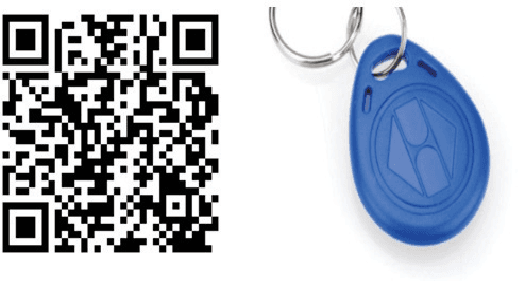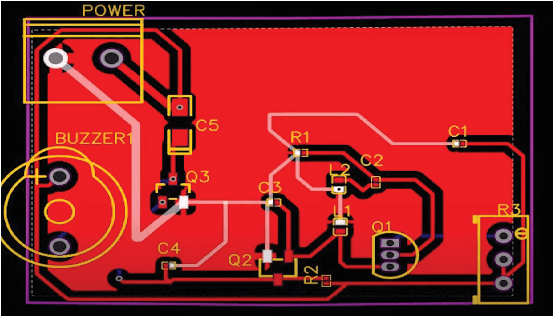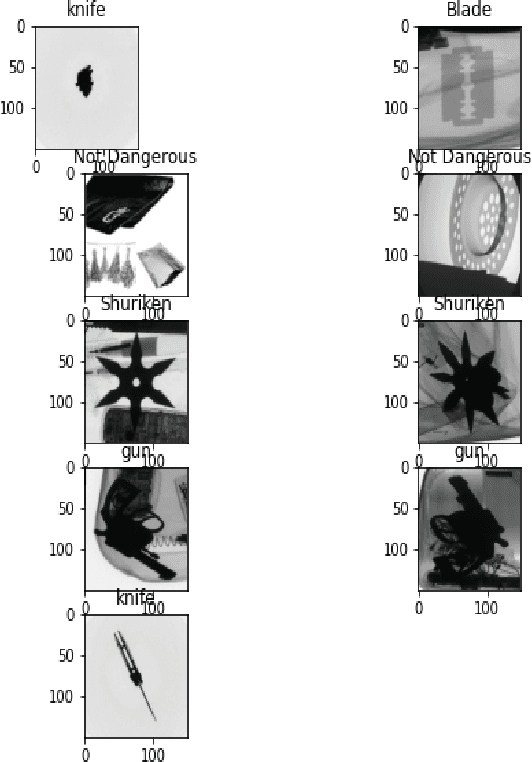Nitesh Garg
Designing an Intelligent Parcel Management System using IoT & Machine Learning
Apr 17, 2024



Abstract:Parcels delivery is a critical activity in railways. More importantly, each parcel must be thoroughly checked and sorted according to its destination address. We require an efficient and robust IoT system capable of doing all of these tasks with great precision and minimal human interaction. This paper discusses, We created a fully-fledged solution using IoT and machine learning to assist trains in performing this operation efficiently. In this study, we covered the product, which consists mostly of two phases. Scanning is the first step, followed by sorting. During the scanning process, the parcel will be passed through three scanners that will look for explosives, drugs, and any dangerous materials in the parcel and will trash it if any of the tests fail. When the scanning step is over, the parcel moves on to the sorting phase, where we use QR codes to retrieve the details of the parcels and sort them properly. The simulation of the system is done using the blender software. Our research shows that our procedure significantly improves accuracy as well as the assessment of cutting-edge technology and existing techniques.
* 6 pages, 6 figures, 2022 IEEE IAS Global Conference on Emerging Technologies (GlobConET)
Improvement in Semantic Address Matching using Natural Language Processing
Apr 17, 2024Abstract:Address matching is an important task for many businesses especially delivery and take out companies which help them to take out a certain address from their data warehouse. Existing solution uses similarity of strings, and edit distance algorithms to find out the similar addresses from the address database, but these algorithms could not work effectively with redundant, unstructured, or incomplete address data. This paper discuss semantic Address matching technique, by which we can find out a particular address from a list of possible addresses. We have also reviewed existing practices and their shortcoming. Semantic address matching is an essentially NLP task in the field of deep learning. Through this technique We have the ability to triumph the drawbacks of existing methods like redundant or abbreviated data problems. The solution uses the OCR on invoices to extract the address and create the data pool of addresses. Then this data is fed to the algorithm BM-25 for scoring the best matching entries. Then to observe the best result, this will pass through BERT for giving the best possible result from the similar queries. Our investigation exhibits that our methodology enormously improves both accuracy and review of cutting-edge technology existing techniques.
* 5 pages, 7 tables, 2021 2nd International Conference for Emerging Technology (INCET)
 Add to Chrome
Add to Chrome Add to Firefox
Add to Firefox Add to Edge
Add to Edge